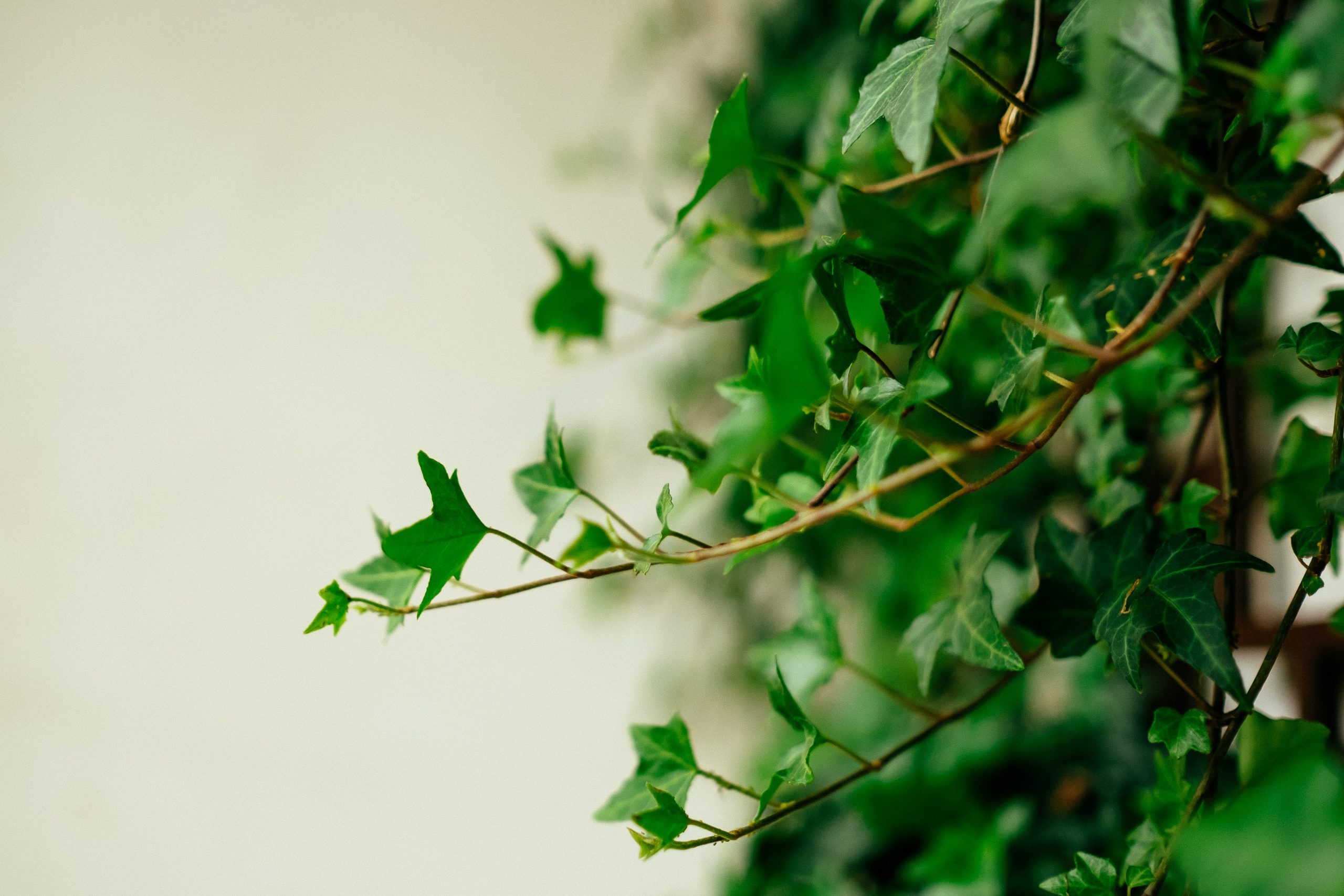Description
How to Grow English Ivy
The fact that English ivy plants spread quickly means that they could be useful as ground covers for filling in hard-to-plant spots in your landscaping. Their aggressive nature suggests that they could be effective allies against erosion on hillsides. At home indoors or out, English ivy does well planted in containers or baskets where its trailing vines can hang down. Ivy needs protection from winter winds as well as the hot summer sun, so plant appropriately.
Note: English ivy is widely known to be capable of causing damage to trees and brickwork. It is also considered invasive in many areas, including the Pacific Northwest, California, several southeastern states, and parts of the Midwest. As is often the case, aggressive growth is a double-edged sword, allowing you to cover bare spots quickly but at the price of invasiveness. Before planting English ivy, consult a local extension office to confirm that it is not considered an invasive species in your area.
English ivy can be grown indoors, where it thrives with relatively cool nights and frequent misting to maintain humidity. However, it is generally considered to be a finicky houseplant, despite its being a common offering at garden centers.
Light
English ivy plants grow well in part shade to full shade. The ability to grow in shade has made English ivy a traditional ground cover for planting under trees, where most grasses may not grow well. Vigorous, with a dense growth habit, this ground cover can be effective where the object is to crowd out weeds.
Ivy grown indoors needs bright, indirect light in summer but can benefit from some direct light in winter.
Soil
Grow this evergreen vine in well-drained soil. Although it will grow in poor soils and soils of a wide range of pH levels, it does best in average loams. A thick layer of mulch helps keep the soil moist in dry climates.
Indoors, ivy does best in potting mix that is loose and well-drained.
Water
When watering your ivy, always check the soil before adding water. Ivies prefer to be kept slightly on the dry side, so let the soil dry out some (dry to the touch on top) before you water your ivy plants again. Also, make sure that your plant has excellent drainage. Ivy should not be kept in standing water or overly wet soil.
Temperature and Humidity
English Ivy plants can grow in temperatures between 45 and 80 degrees Fahrenheit. Their leaves will stay dark green when grown in consistent temperatures and medium to high humidity. It does not like cold winter wind or high summer heat.
Try to keep indoor plants cool at night, below 60 F if possible. In some areas and with some species of ivy, it’s possible to keep potted plants outdoors in winter, and new growth emerges from the stems in spring.
Fertilizer
Feed English ivy every two weeks during the spring and summer season, using a 20-10-10 fertilizer (or a 2-1-1 organic formula). Do not use fertilizer or plant food if the plant is in a stressful situation: very hot, very cold, or very dry soil, or when leaf production has stopped.
https://www.thespruce.com/english-ivy-plants-2132215


Reviews
There are no reviews yet.